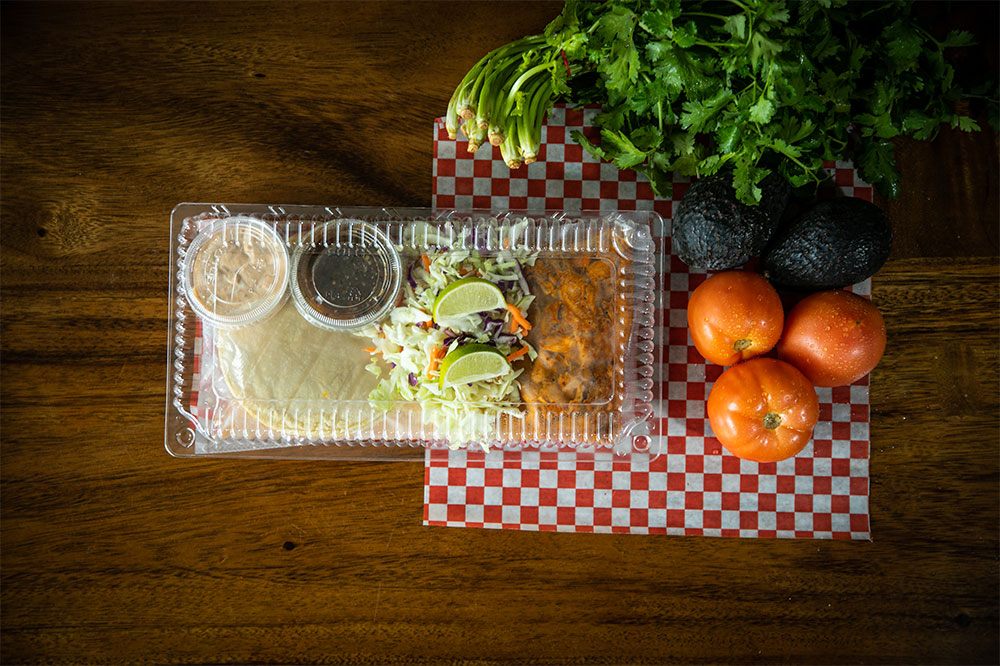A Brief History and Growing Popularity of Pizzerias
Explore the fascinating history of pizza and how pizzerias rose to popularity worldwide. From humble beginnings in Naples to global dominance, learn about the evolution, royal endorsements, and modern varieties shaping this beloved dish. Discover how cultural influences and innovations transformed pizza into a versatile food enjoyed by all. Perfect for pizza enthusiasts and food history buffs alike, this article highlights the industry's growth and diverse offerings today.

A Brief History and Growing Popularity of Pizzerias
Who doesn’t enjoy a delicious slice of pizza? Whether you're a fan of pineapple toppings or prefer classic flavors, pizza remains one of the most favored comfort foods worldwide. Annually, approximately 3 billion pizzas are sold in the country, averaging 46 slices per person. You can indulge in pizza by making it yourself, ordering delivery, or dining at an upscale pizzeria for an authentic Italian experience. Its origins, however, date back to humble beginnings.
Origins
Pizza is essentially a flatbread topped with a variety of savory ingredients. The term 'pizza' first appeared in Italian and Greek texts.
The concept of flatbreads topped with herbs and ingredients dates back centuries, with Romans, Greeks, and Egyptians baking similar dishes in mud ovens. The modern pizza as we know it emerged in 18th-century Naples, now recognized as its birthplace. Initially, pizza was a modest, inexpensive meal, sold by slices suited to the buyer’s budget. It was considered a food for laborers and street workers, often topped with garlic, herbs, or cheap ingredients.
Growing Popularity
But what transformed pizza into the beloved dish it is today?
Pizza gained royal recognition in the 19th century when Italian royalty, King Umberto I and Queen Margherita, dined on the dish during their visit in 1889. Chef Raffaele Esposito created the famous Margherita pizza, reflecting the Italian flag’s colors—red, white, and green—earning it national fame. This endorsement elevated pizza’s status from a humble street food to a cherished Italian staple alongside pasta. The city of Naples boasts its oldest pizzeria, Antica Pizzeria Port’Alba, established in 1830, although it remained primarily popular within Italy until tourism increased interest in local cuisines.
In 1905, Gennaro Lombardi opened the first pizzeria in the U.S., paving the way for future establishments. Over time, various styles emerged, including deep-dish pizza by Ric Ricciardo Sr. and innovations like Ira Nevin's gas-fired ovens in 1945, revolutionizing the industry.
Post-War Expansion
During the post-World War II era, Italian communities and returning veterans helped spread pizza across the country. As soldiers shared their experiences, pizza gained popularity outside traditional Italian neighborhoods. The 1950s witnessed a surge in pizza chains, establishing a nationwide presence and making pizza a staple in American food culture.
The Rise of Pizzerias
The word ‘pizzeria’ combines 'pizza' and the Italian suffix ‘-eria,’ indicating a dedicated place for making and serving pizza. Today, pizzerias are common social spots, appealing to both young and old with their affordable and satisfying meals. In 2020, the industry generated $46 billion in revenue. The variety has expanded from classic Neapolitan styles to regional favorites like Hawaiian and dessert pizzas. Modern pizzerias offer customizable options, including vegetarian, vegan, and gluten-free choices, satisfying diverse preferences. Whether you prefer a meat-loaded slice or a plant-based delight, there’s a pizzeria for everyone.
Note:
Our articles aim to provide accurate, practical information across various topics. Readers are advised to use our insights for general knowledge and not as absolute references. We disclaim responsibility for discrepancies or outdated data. Additionally, some promotional offers may not be covered in our content.










